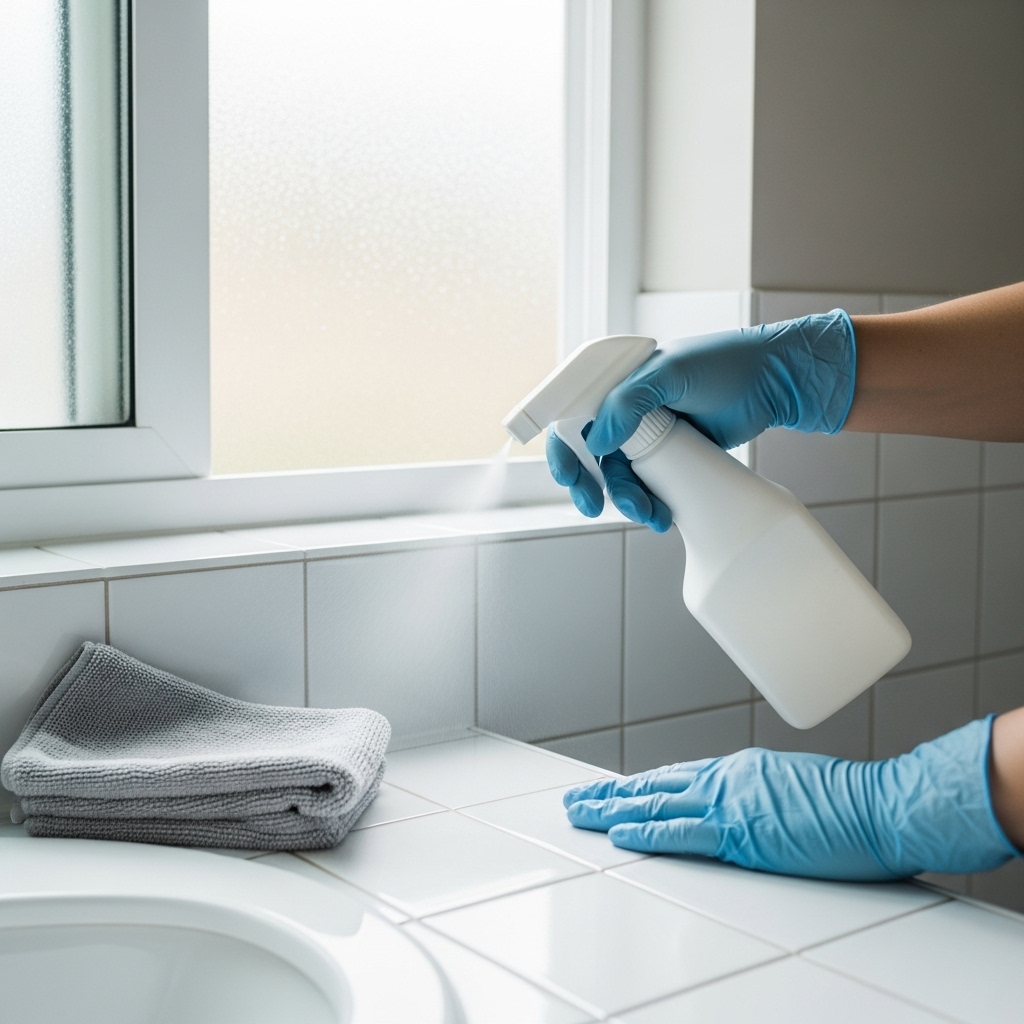When a musty smell hangs in the air, it’s tempting to grab the strongest fragrance and hope for the best. But the “best mold odor neutralizer” isn’t necessarily the most perfumed—it’s the solution that safely breaks down odor-causing compounds while you fix the moisture that created them. In Bloomfield, New Jersey, where humidity and seasonal storms are common, neutralization is most effective as part of a holistic strategy: dry, clean, then treat. If you want guidance on products and a structured approach, professionals who specialize in mold odor solutions can help you choose wisely and apply them correctly.
This guide explains what makes a neutralizer effective, how to choose by room and surface, and how to use it in concert with cleaning and prevention. By the end, you’ll know which tools to combine for lasting freshness instead of a temporary cover-up.
Neutralizer vs. Deodorizer: What’s the Difference?
Deodorizers mask odors with fragrance. Neutralizers target the odor-causing molecules and organic residues that produce musty smells. For mold-related odors, the best results come from products designed to address microbial volatile organic compounds (MVOCs) after surfaces are dry and clean. That sequence matters: if the area remains damp, odor will return.
Criteria for Choosing an Effective Neutralizer
- Compatibility: Check that the product is safe for your surface—painted drywall, wood, tile, fabric, or concrete.
- Residue profile: Prefer low-residue formulas that don’t leave sticky films to attract dust and moisture.
- Safety: Select options appropriate for occupied homes, especially where children, pets, or sensitive individuals live.
- Application method: Sprays for spot treatment, mists for broad coverage, and absorbents for enclosed spaces.
- Ventilation needs: Some neutralizers require enhanced airflow during and after application.
Types of Neutralizers and Where They Shine
- Enzymatic cleaners: Useful on fabrics and porous materials where organic residue lingers.
- Oxidizing agents: Effective on hard, non-porous surfaces when used as directed after cleaning.
- Adsorbents (charcoal/minerals): Great in closets, cabinets, and storage bins to capture odors over time.
- Vapor-phase mists: Reach nooks and crannies but should be used carefully and only after drying.
- Plant-based formulations: Provide light neutralization with pleasant but not overwhelming scents.
Room-by-Room Recommendations
Every area requires its own blend of cleaning and neutralization.
- Basement: After dehumidifying and cleaning, use adsorbent pouches in storage zones and apply a neutralizer on walls and floors as directed.
- Bathroom: Treat grout and tile after cleaning, then run the fan to let air exchange carry away residual odor.
- Kitchen: Address dishwasher filters and refrigerator drip pans first; spot-treat cabinets and baseboards.
- Bedrooms and living rooms: Launder textiles, neutralize closet walls and shelving, and use light adsorbents in drawers.
- Attic: Prioritize ventilation and dryness; only neutralize once leaks are resolved.
How to Use Neutralizers for Best Results
- Dry thoroughly: Run dehumidifiers, open interior doors, and move air across damp surfaces until dry.
- Remove odor reservoirs: Discard damp cardboard and paper; reduce clutter that traps moisture.
- Clean first: HEPA vacuum dust, then wipe surfaces with appropriate cleaners. Rinse and dry.
- Apply neutralizer: Follow label directions for coverage, dwell time, and ventilation.
- Reassess: Smell the space after airing out. Reapply only if recommended.
- Prevent: Maintain humidity control and ventilation to stop the smell from returning.
What the Best Neutralizer Can—and Can’t—Do
Even the most highly rated neutralizer cannot overcome an active leak or chronic humidity. Think of neutralizers as the finishing tool in a three-part strategy: fix moisture, clean thoroughly, then treat residual odor. Skipping steps leads to short-lived results.
Special Considerations for Fabrics and Carpets
Textiles are notorious odor reservoirs. Wash what you can in hot water when safe for the fabric, and dry completely. For carpets, HEPA vacuum, spot-clean, and ensure the pad has not stayed damp. If an area remained wet for an extended time, consider whether replacement is the better long-term solution.
HVAC and Whole-Home Odor
If odor worsens when the HVAC runs, inspect the air handler, coil, and return paths. A clean filter and proper condensate drainage are essential. After resolving moisture and cleaning, light neutralization in returns or nearby surfaces can reduce residual odors carried through the system.
Putting It All Together
The “best” neutralizer is the one that fits your surface, safety needs, and overall plan. Many Bloomfield homeowners find success combining a targeted spray for hard surfaces, adsorbents for storage, and enzymatic options for fabrics—after drying and cleaning. If you’re unsure, seek expert guidance to fine-tune choices for your home and climate; a tailored approach prevents wasted time and repeated applications.
When you pair a carefully chosen product with a moisture-first strategy, you’ll notice faster, longer-lasting relief. For step-by-step support, consider professional help with mold odor challenges that call for a customized plan.
Frequently Asked Questions
Q: Are fragrance-free neutralizers effective? A: Yes. Many are designed to eliminate odor molecules without adding strong scents, which is ideal for sensitive occupants.
Q: Can I overuse a neutralizer? A: Applying more than directed can leave residue or cause diminishing returns. Follow label guidance and reapply only when recommended.
Q: Do adsorbents replace cleaning? A: No. They complement cleaning by capturing lingering odors in enclosed spaces.
Q: What about ozone? A: Ozone generators require strict safety controls and are not appropriate for every situation. Focus on drying, cleaning, and safe neutralizers first.
Q: How long until the smell fades? A: Many homes notice improvement after thorough drying and cleaning, with neutralizers finishing the job. Persistent odors suggest hidden moisture or materials that need further attention.
Refresh Your Bloomfield Home
Choose a neutralizer that fits the job, but remember: moisture control and cleaning come first. If you’d like a clear plan and product guidance tailored to your rooms and materials, reach out for expert help with mold odor. With the right sequence, your home will smell clean—and stay that way.

